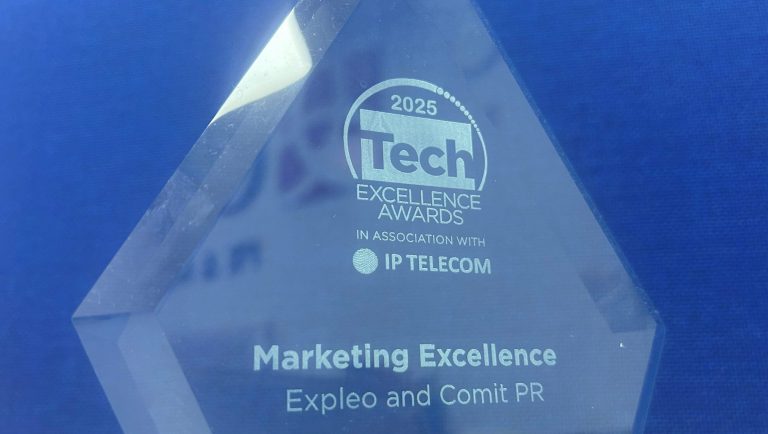How do public relations practitioners and academics communicate, collaborate and come together? Where and when do the lines of the academic study of PR and its everyday practice cross over? Fresh from completing a master’s degree in public relations, and now working in Ireland’s leading tech PR agency, the relationship between PR theory and practice has been on my mind. In this blog, we will explore not only what we can learn and implement from PR academic lessons, but also how the practice of PR can enrich our learning.

1. Strategic communication
Students of public relations spend just as long learning about the why of PR, as they do the what and the how. This perspective allows for a broader assessment of the impact of communications on the organisation itself. Strategic communication is the purposeful use of communication by an organisation to fulfil its overall mission and goals. All communication on behalf of a client or organisation should be used as part of an attempt to achieve business success, otherwise it’s simply communication for the sake of it. Taking the time to develop and plan a PR or communication strategy will ultimately pay far greater dividends in the long term.
2. People skills
Public relations is a people-orientated profession. The experience of pitching real life stories to really busy journalists isn’t a skill that can be obtained from a textbook or in a classroom. Whether it’s the ability to persuade, or simply to strike up a meaningful and engaging conversation, these soft skills only improve through practice. Interpersonal connection is an essential part of pitching and networking. The best PR courses will involve attendance at networking events and the inclusion of work placement programmes where these people skills can be developed, but honing them and building relationships will take time.
3. Organised creativity
Bringing creativity to your work is great but knowing how to structure creativity sessions for your whole team is even better. The study of creativity and how to organise productive brainstorming sessions is an underappreciated skill in the workplace. Brainstorming in PR is a great way to come up with new ideas for promoting a product or service. However, rather than having these sessions turn into free-for-all shouting contests, the study of creativity and semi-structured methods facilitates truly productive and innovative idea generation.

4. Integrated communications
The best organisations avoid departmental silos. Instead, they ensure that all areas of the business are integrated and work together towards organisation-wide goals. Public relations graduates should not get caught up in focusing on areas related to their own degree, but communicate and link in with other departments. A graduate’s learning doesn’t end with the completion of their degree; it’s important to take the time to communicate with others and discover what keeps your organisation ticking as a whole.
5. Critical mindset
Whether you are starting in a new organisation armed with a wealth of fresh knowledge or beginning a course with years of professional experience, use what you know to challenge standard thinking in your new environment. Ideals espoused by academics and found in public relations textbooks can often be just that – ideals. If your experience in the PR world conflicts with the teaching, challenge the academic position and bring your knowledge to bear. Likewise, don’t leave three to five years of learning at the door when you start your first job in PR. Challenge the norm in your new organisation and seek to implement best practice where possible – good employers will look for fresh graduates to shake up stale processes.
Professionals and academics all have a duty to align the theory and practice of public relations and should be on the lookout for opportunities to bridge the gap between the two. At Comit, we’re always open to innovation. If you’d like us to put our strategic minds to work for your business, or are keen to share your experience and ideas with us, don’t hesitate to get in touch today!






